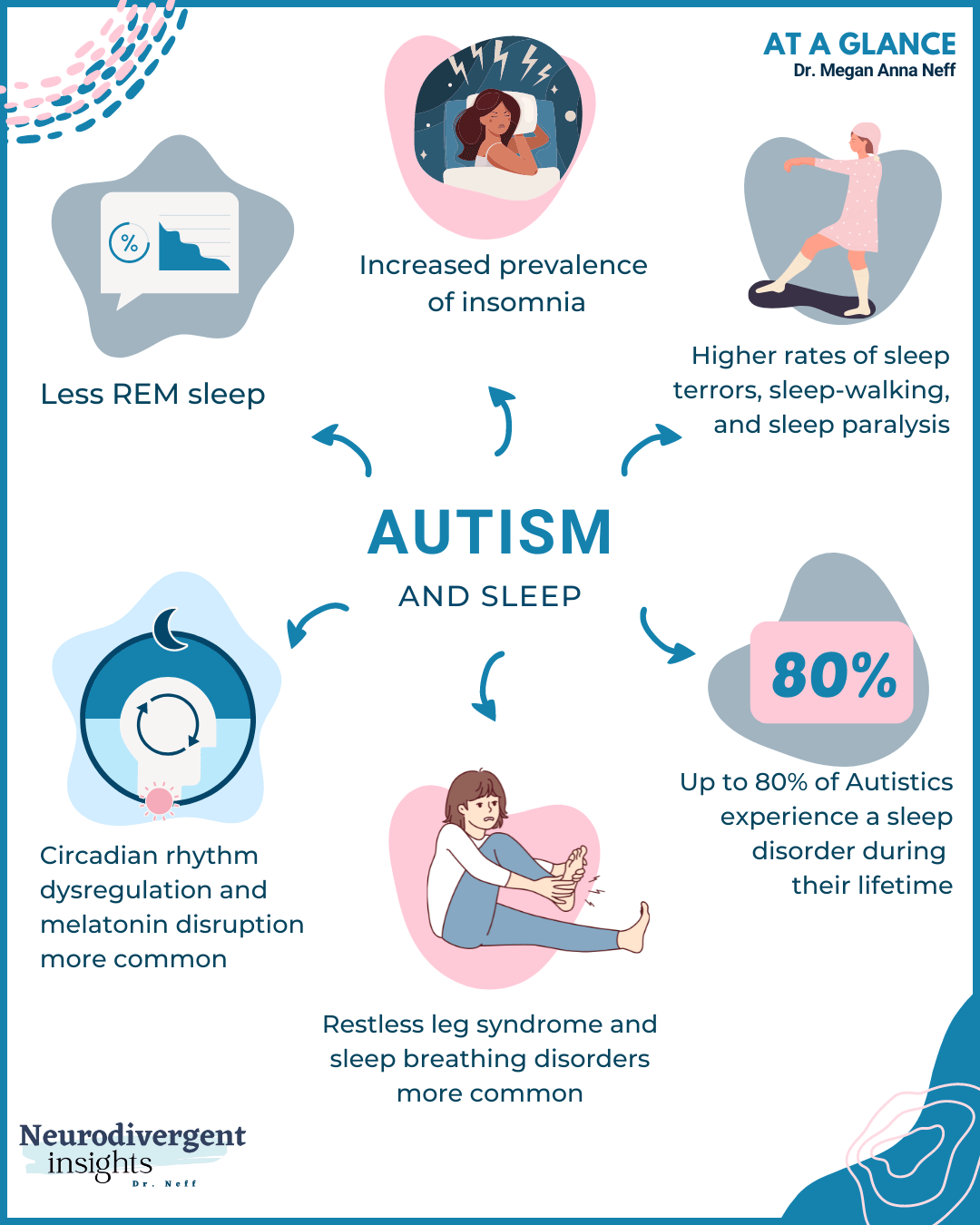Understanding the Range: A Comprehensive Overview to Autism Recognition
Understanding the Range: A Comprehensive Overview to Autism Recognition
Blog Article
Comprehending Autism: A Comprehensive Guide to Signs and signs
Autism Range Disorder (ASD) includes a large range of characteristics that can dramatically impact a person's social interactions and everyday functioning. Acknowledging the symptoms and indications, such as obstacles with eye contact, social communication troubles, and sensory sensitivities, is critical for early treatment. Understanding these nuances not just aids caregivers and instructors in offering suitable assistance but additionally cultivates an extra inclusive setting for people with ASD. As we discover the intricacies of autism, it comes to be essential to take into consideration how these indications show up differently across the range and what ramifications they hold for effective intervention strategies.
Overview of Autism Spectrum Disorder
Defining Autism Spectrum Disorder (ASD) involves recognizing it as a complex neurodevelopmental condition characterized by a variety of challenges in social communication, interaction, and behavior patterns. The term "range" shows the large irregularity in signs and their intensity, which can differ considerably from one individual to another. ASD generally manifests in early childhood, although some people might not get a diagnosis until later on in life.
Variables affecting the advancement of ASD include genetic proneness and ecological variables, although the exact reasons continue to be under examination. Medical diagnosis typically depends on behavior evaluations, as there are no definitive clinical tests for ASD. Early intervention is critical and can substantially enhance outcomes, concentrating on boosting communication abilities, social interactions, and flexible behaviors.
People with ASD may additionally display unique toughness, such as outstanding interest to detail or certain areas of expertise. Recognizing the multifaceted nature of ASD is crucial for promoting a comprehensive environment that suits neurodiversity. Continued study is important for establishing efficient treatments and support group, making it possible for individuals with ASD to prosper and fulfill their potential within culture.
Common Indications of Autism
Identifying the common indications of Autism Range Disorder (ASD) is crucial for very early identification and treatment. These indicators can vary commonly in severity and presentation, however particular characteristics are often observed in people with ASD.
One of the most widespread signs is a marked difficulty in establishing and maintaining eye contact. Individuals may also exhibit limited interest in social interactions and show a preference for singular play.
Sensory level of sensitivities are additionally usual; people might underreact or overreact to sensory stimuli, such as lights, sounds, or appearances. autism. Language growth can be irregular, with some youngsters showing postponed speech or utilizing language in unusual ways, consisting of echolalia-- duplicating phrases or sentences listened to in other places
It is necessary to keep in mind that not every individual with ASD will present all these indications, and the degree of these behaviors can vary substantially. Early recognition enables prompt support and resources, boosting the lifestyle for those on the spectrum.
Social Interaction Obstacles
Social communication obstacles are a trademark of Autism Spectrum Problem (ASD), affecting an individual's capability to involve successfully with others. These troubles can manifest in various means, consisting of challenges in launching and preserving discussions, comprehending social cues, and reacting appropriately in social communications.
Individuals with ASD may deal with nonverbal communication, such as eye call, facial expressions, and body movement. This can result in misconceptions, as their communicative intent may not be appropriately interpreted by others. In addition, they might find it hard to understand the subtleties of tone and context, which are vital for reliable communication.
In group setups, people with ASD may feel overloaded and might not know exactly how to sign up with in discussions (autism). They could additionally exhibit atypical conversational patterns, such as monologuing regarding details interests without acknowledging social reciprocity
Additionally, these obstacles can result in social isolation or problems in creating relationships, as peers may misunderstand their actions or interaction style. Understanding these social communication difficulties is critical for fostering supportive environments that promote social skills advancement and boost the top quality of communications for people on the autism range.
Sensory Sensitivities and Responses
Several people with Autism Spectrum Disorder (ASD) experience enhanced sensory level of sensitivities that can substantially affect their daily lives. An individual with ASD may locate daily noises, such as a vacuum cleanser or crowded atmospheres, overwhelmingly traumatic, leading to stress and anxiety or meltdowns.
Sensory handling distinctions in individuals with ASD can additionally affect their capacity to participate in regular activities and social communications. A child that is sensitive to touch may resist physical love or stay clear of certain garments fabrics. A preference for particular textures or preferences can restrict dietary choices and develop obstacles during nourishments.
Understanding these sensory sensitivities is crucial for recognizing the distinct experiences of individuals with ASD. Understanding of their sensory accounts can cultivate better interaction and assistance approaches, developing an environment that suits their requirements and boosts their lifestyle. Ultimately, acknowledging sensory sensitivities is a critical element of comprehending the wider spectrum of autism.

Sustaining Individuals With Autism
Efficient assistance for people with Autism Spectrum Condition (ASD) is essential for boosting their total well-being and promoting freedom. Assistance techniques must be customized to fulfill see it here the unique requirements of each person, considering their challenges and staminas.

Social abilities training can additionally play a pivotal role. autism. Engaging individuals in group activities or role-playing situations can boost their capacity to navigate social communications. In addition, it is necessary to educate relative, caregivers, and peers concerning ASD to cultivate a supportive and comprehensive area
Verdict
Finally, a thorough understanding of Autism Range Condition is crucial for recognizing its symptoms and signs. Early identification of typical attributes, such as social communication obstacles and sensory level of sensitivities, allows caregivers and instructors to execute reliable interventions. By cultivating boosted interaction and social skills, individuals with autism can navigate their environments extra efficiently. Eventually, enhanced awareness and assistance can substantially enhance the quality of life for those affected by ASD.
Autism Spectrum Condition (ASD) includes a large range of features that can significantly influence an individual's social interactions and day-to-day performance.People with ASD might struggle with nonverbal interaction, such as eye call, face expressions, and body language.Many individuals with Autism Range Condition over at this website (ASD) experience heightened sensory sensitivities that can considerably influence their everyday lives.Sensory processing distinctions in individuals with ASD can likewise influence their ability to involve in routine tasks and social interactions.Comprehending these sensory sensitivities is important for acknowledging the distinct experiences of individuals with ASD.
Report this page